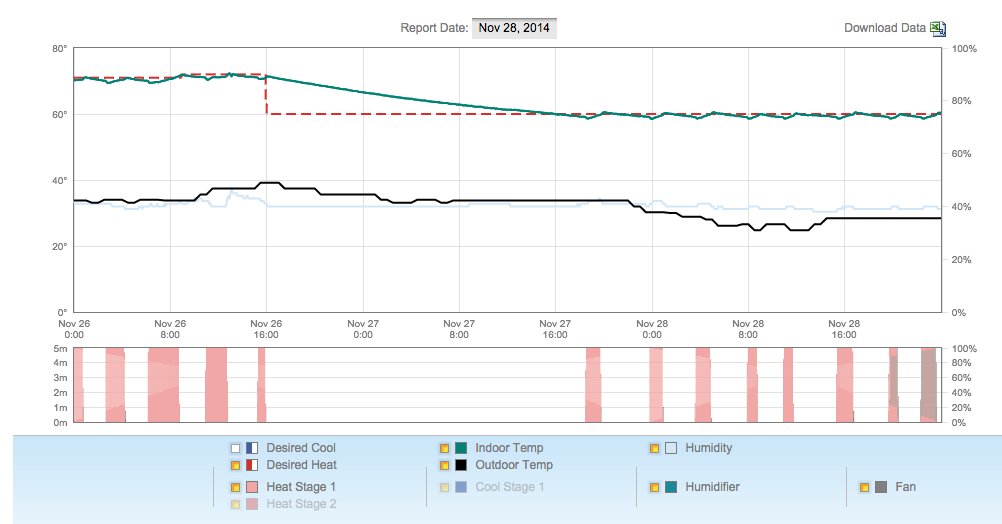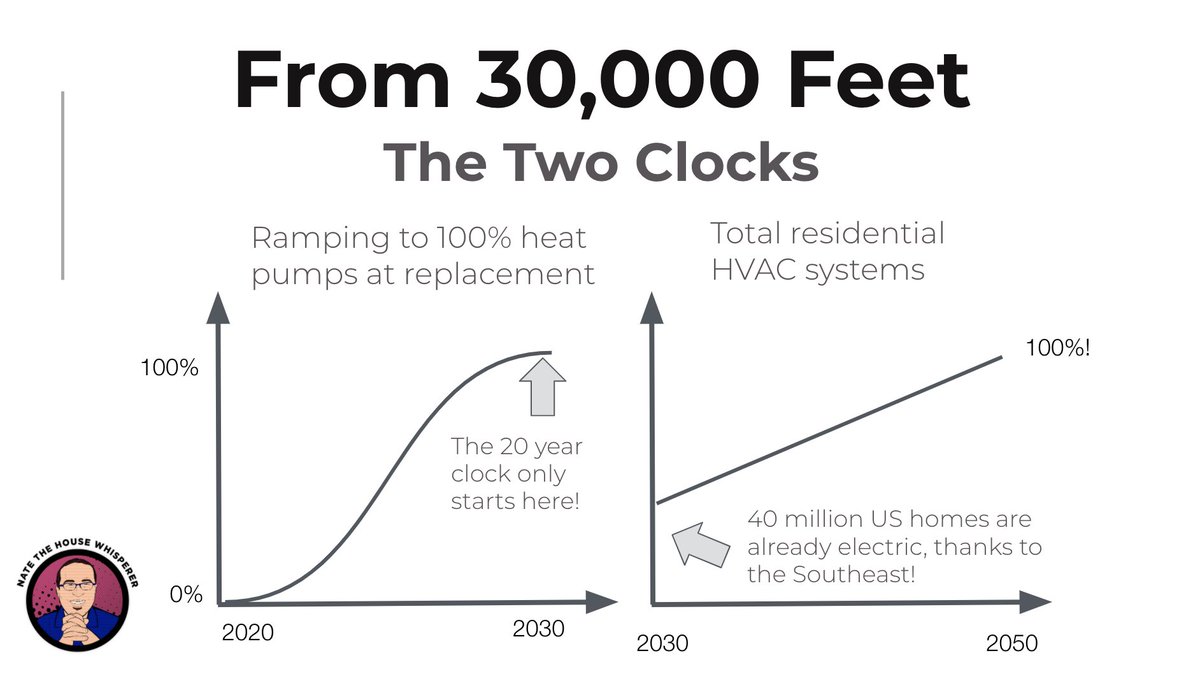
First experiences with induction are really important.
Here's a recent review of our Ohio house, note their experience.
Here's a recent review of our Ohio house, note their experience.

What if there were thousands of homes like this? How fast could #electrifyeverything spread? @Airbnb could help a lot with a new class: bit.ly/AirBnbElectrify
While part of me hates that we are taking 2 housing units off the market in WV right now, we're giving them much needed love after 20-30 years of neglect that doesn't pencil if they were long term rentals, so we're improving and electrifying old housing stock. Important note.
Next units we do we'll build: tiny houses, A-frames, and tree houses do the best in national park areas.
It would only take a few thousand #electrifyeverything AirBnbs to make a substantial change in national perception of electrification.
It would only take a few thousand #electrifyeverything AirBnbs to make a substantial change in national perception of electrification.
BTW most know I don't like rules, but a few are needed, as outlined in the article above:
1. Tackle 6 Functions of HVAC
2. Bath fans and range hood vented outdoors
3. Induction stove
4. Air quality monitor with visible results
bit.ly/AirBnbElectrify
1. Tackle 6 Functions of HVAC
2. Bath fans and range hood vented outdoors
3. Induction stove
4. Air quality monitor with visible results
bit.ly/AirBnbElectrify
Our Ohio house fails this presently, it needs central HVAC, although it does have fresh air, filtration, and dehumidification from a ventilating dehumidifier. It's missing load matching and mixing from the 6 functions. Otherwise it passes. See it here: bit.ly/RiverHouseAirB…
Facepalm, rule 5 - a 220 volt plug for EV charger, suggest a 14-50.
• • •
Missing some Tweet in this thread? You can try to
force a refresh















